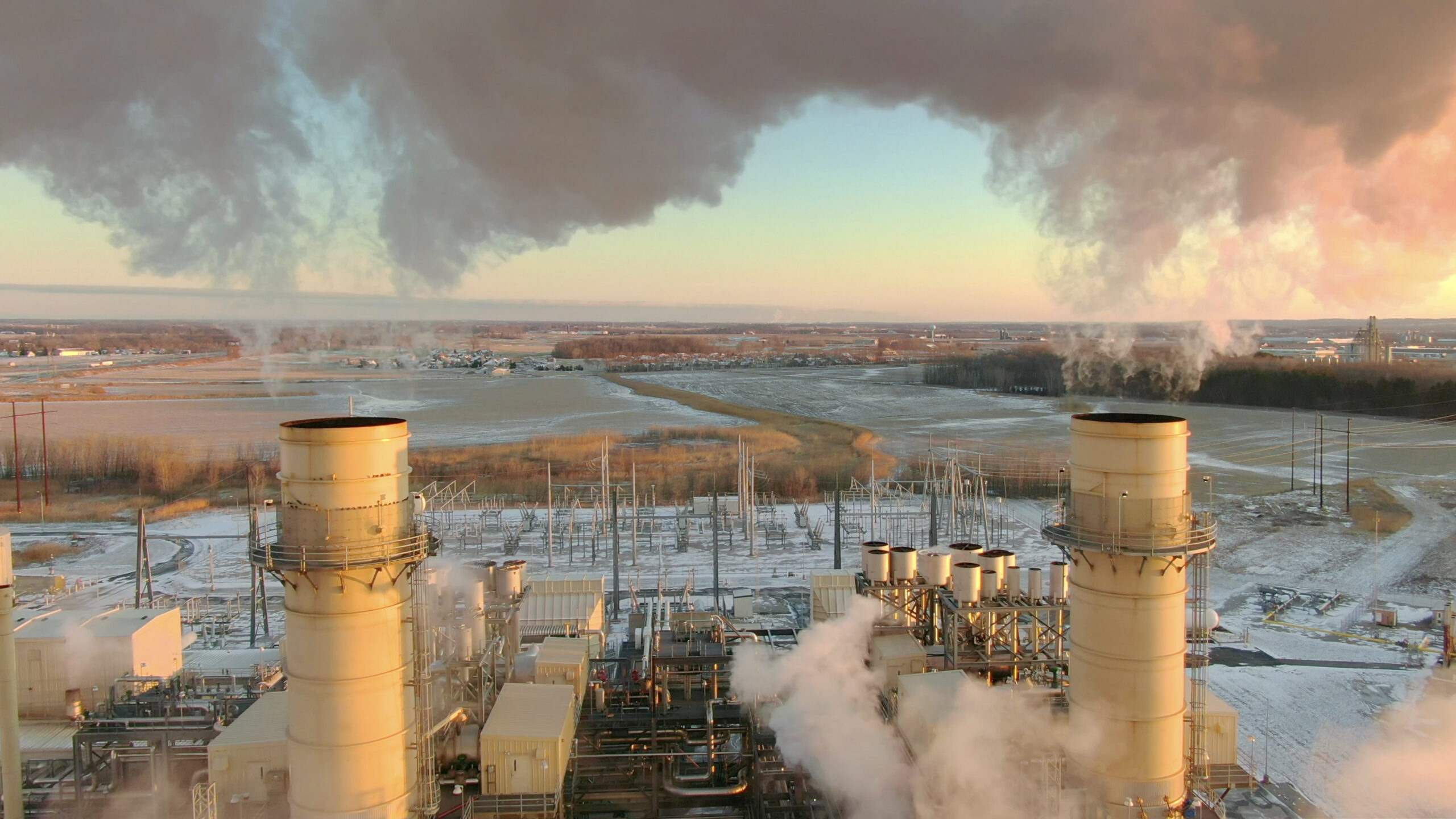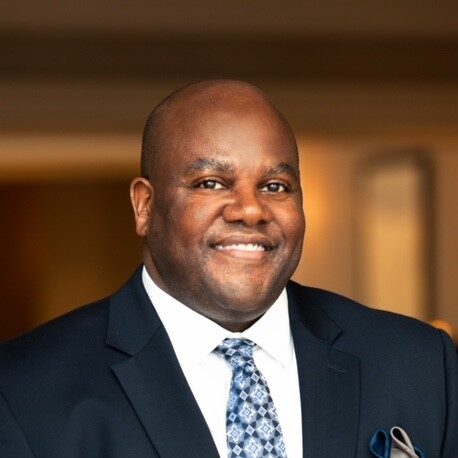Discover best practices for improving resiliency and reliability before the next extreme cold weather event hits
The power industry has learned some of its hardest lessons from past extreme weather events. Winter Storm Uri in Texas brought widespread outages and tragic consequences when facilities and equipment were unable to withstand below freezing conditions. In response, NERC developed EOP-012: Extreme Cold Weather Preparedness and Operations, a standard that requires generator owners and operators to plan, prepare and operate reliably during extreme cold events.
While regions like the Northeast and Upper Great Plains are accustomed to winterization, many southern facilities were never designed with freezing temperatures in mind. As cold weather events become more common outside traditional areas, this standard raises the bar for everyone across the industry. The key to meeting this newly developed NERC standard, and enhancing grid resiliency and reliability, involves the deployment of several proven best practices that proactively reduce risk.
Practices for Enhanced Reliability in Extreme Cold
Preparing for EOP-012 is less about reacting to an event and more about building resilience into daily operations. It includes three key steps:
1. Planning and Procedures
Organizations are more prepared than ever to respond to extreme cold weather events. By formally memorializing plans, entities can strategically enact these policies, procedures and workflows well ahead of winter season, before extreme cold weather strikes. That includes everything from keeping doors closed to retain heat, to staging freeze protection equipment like heaters and raising thermostats. Plans should be reviewed by an objective third party and walked through with facility staff so operators, maintenance personnel and engineers all know their role when temperatures drop.
2. Fuel and Critical Components
A reliable, on-hand fuel supply is essential. Securing and maintaining access to critical fuel sources ahead of cold weather is a baseline for readiness. At the same time, it’s important to identify which components, including piping, controls and sensors, must function under freezing conditions. This ensures operations can safely continue when the grid is under additional stress.
3. Data and Coordination
EMS and SCADA systems provide valuable insights into operating conditions, vulnerabilities and power flows. Pairing data with lessons learned across the industry allows owners and operators to see where improvements are needed. Coordination, both internally and across the industry, ensures past events become shared learning opportunities rather than repeated failures.
The Industry’s Shared Responsibility
With the interconnected grid, reliability is a shared responsibility that depends on shared vigilance. By coordinating and sharing processes, procedures and best practices, power plants can be better equipped to operate through extreme cold temperatures. Finding the closest National Oceanic Atmospheric Administration (NOAA) weather station is helpful to access shared data for benchmarking operating temperatures and where facilities can review local weather station records to understand historical patterns. Every operator has a role in protecting reliability.
Cold weather is no longer just a Northern challenge. By taking steps today such as establishing and reviewing plans, protecting fuel sources and equipment and leveraging operational data, generator owners can be ready for whatever this winter brings. With the right preparation, the industry can successfully adapt to EOP-012 with confidence and keep power flowing when it matters most.
How TRC Can Help
At TRC, we work alongside generator owners and operators to strengthen cold weather preparedness and ensure compliance with EOP-012. Our support includes cold weather readiness surveys, procedural checks, identification of critical cold weather components, compliance reviews, documentation support, training and table-top exercises to ensure staff readiness
TRC offers end-to-end solutions across the power grid, helping clients adapt to evolving reliability standards and protect communities when extreme weather hits.
Want to learn more? Take a deeper dive by viewing our video or contact us today.




